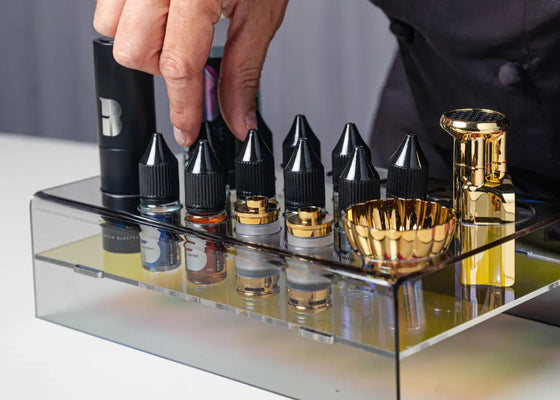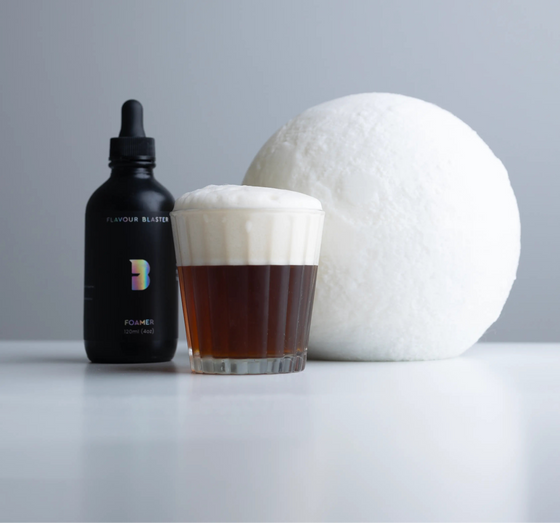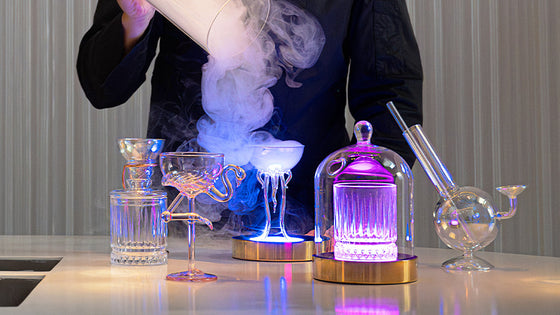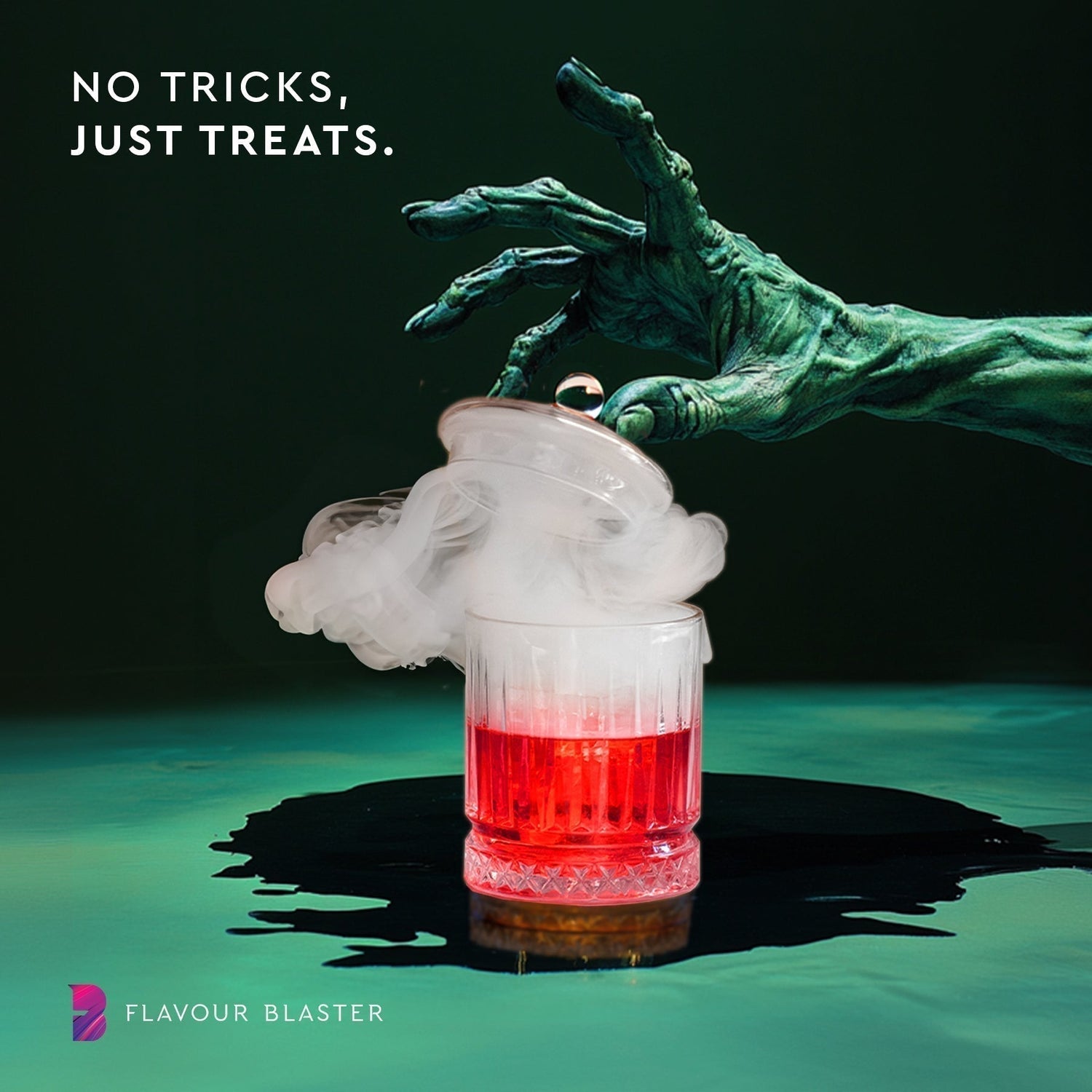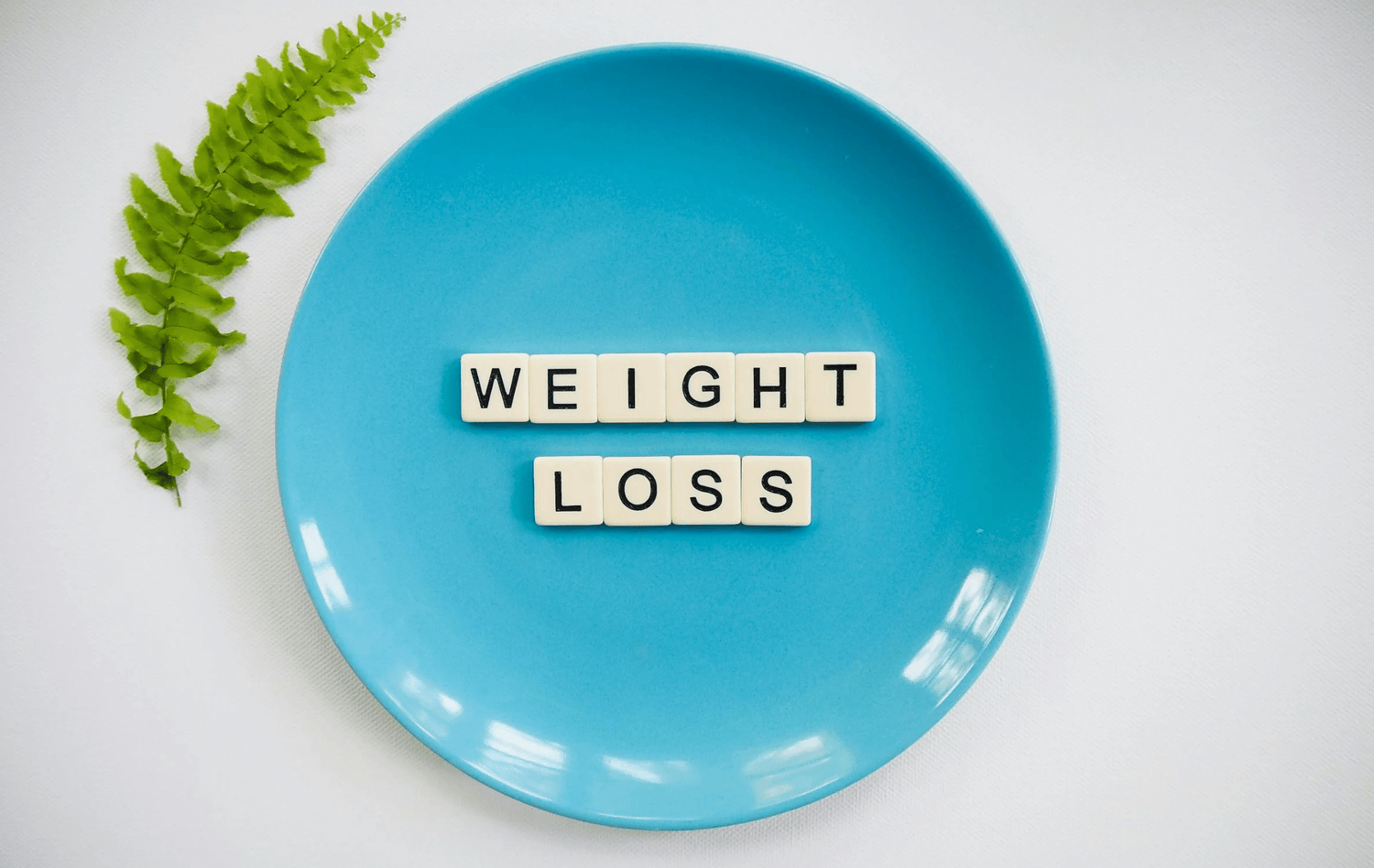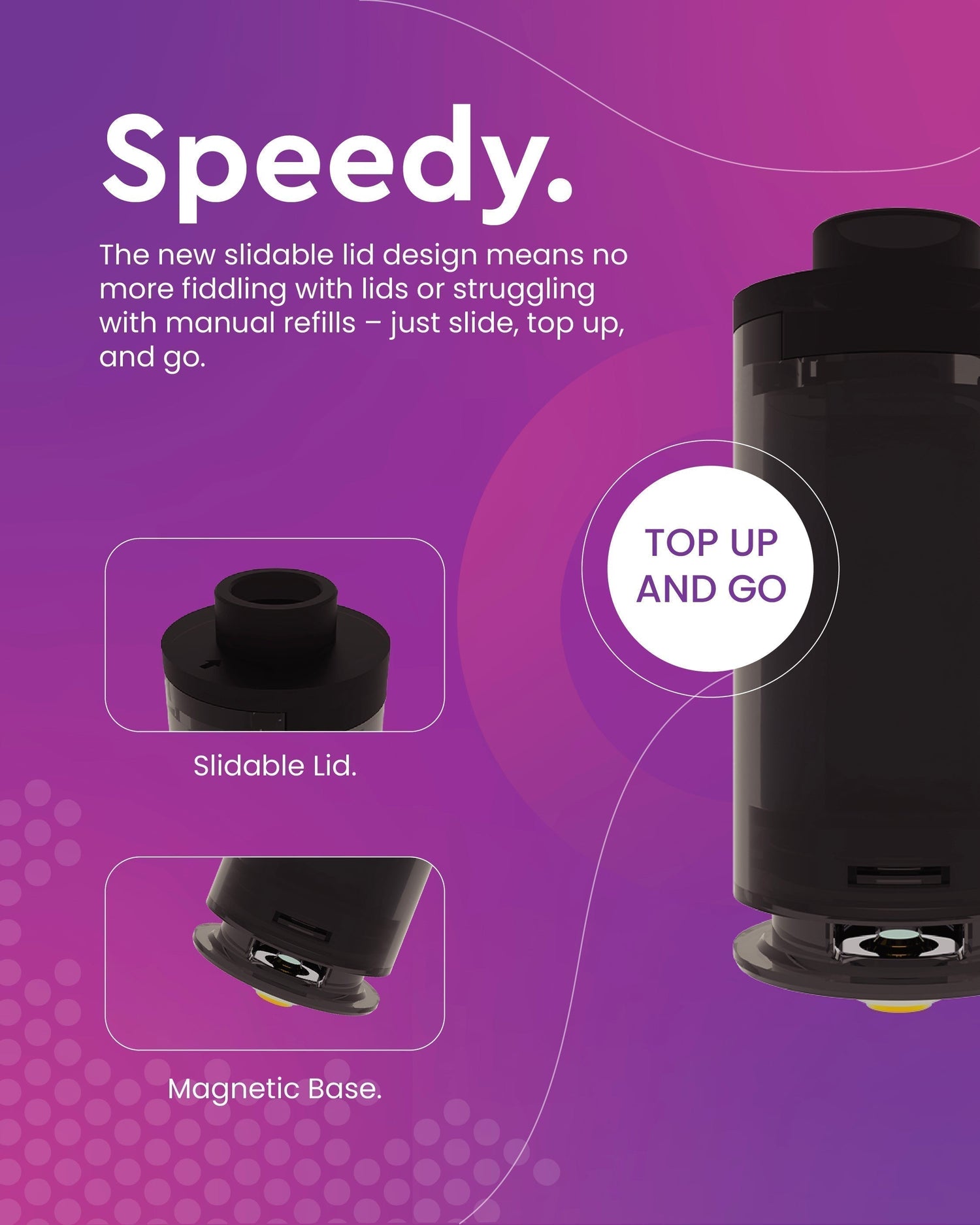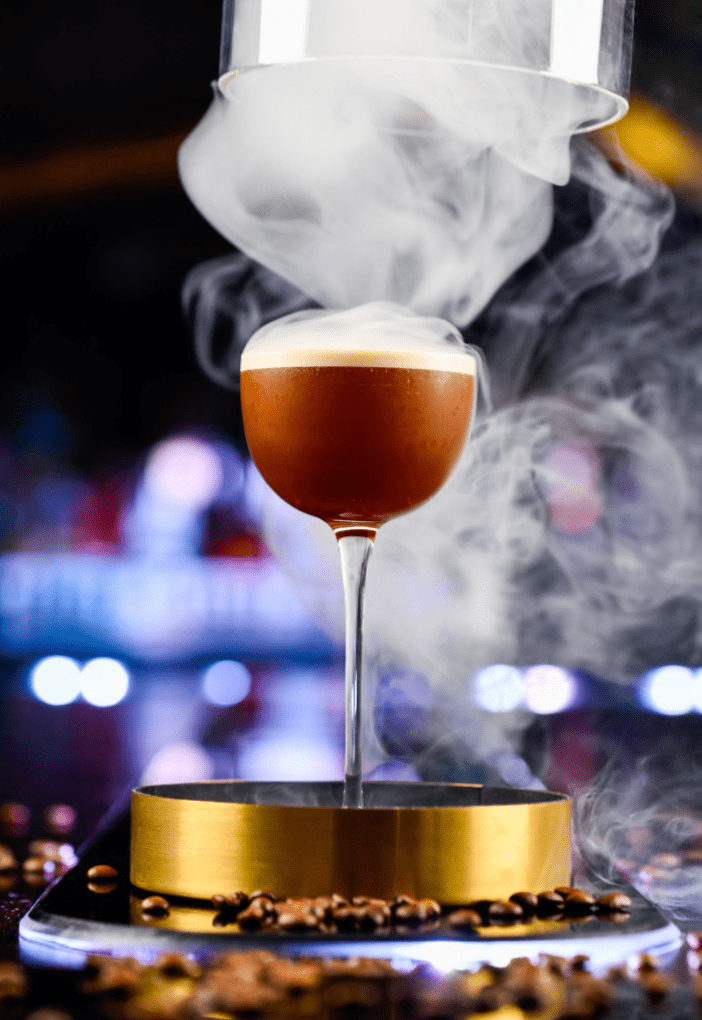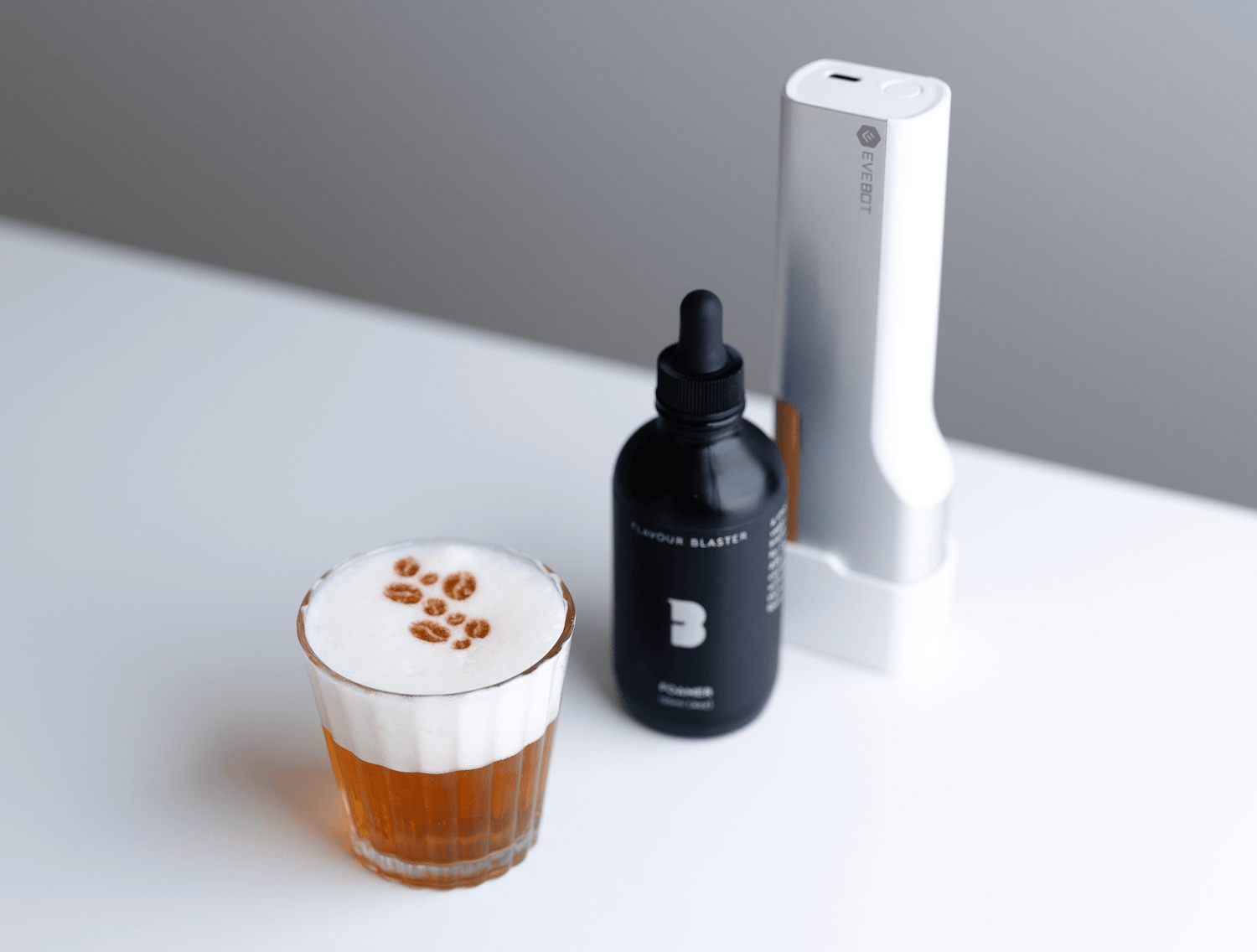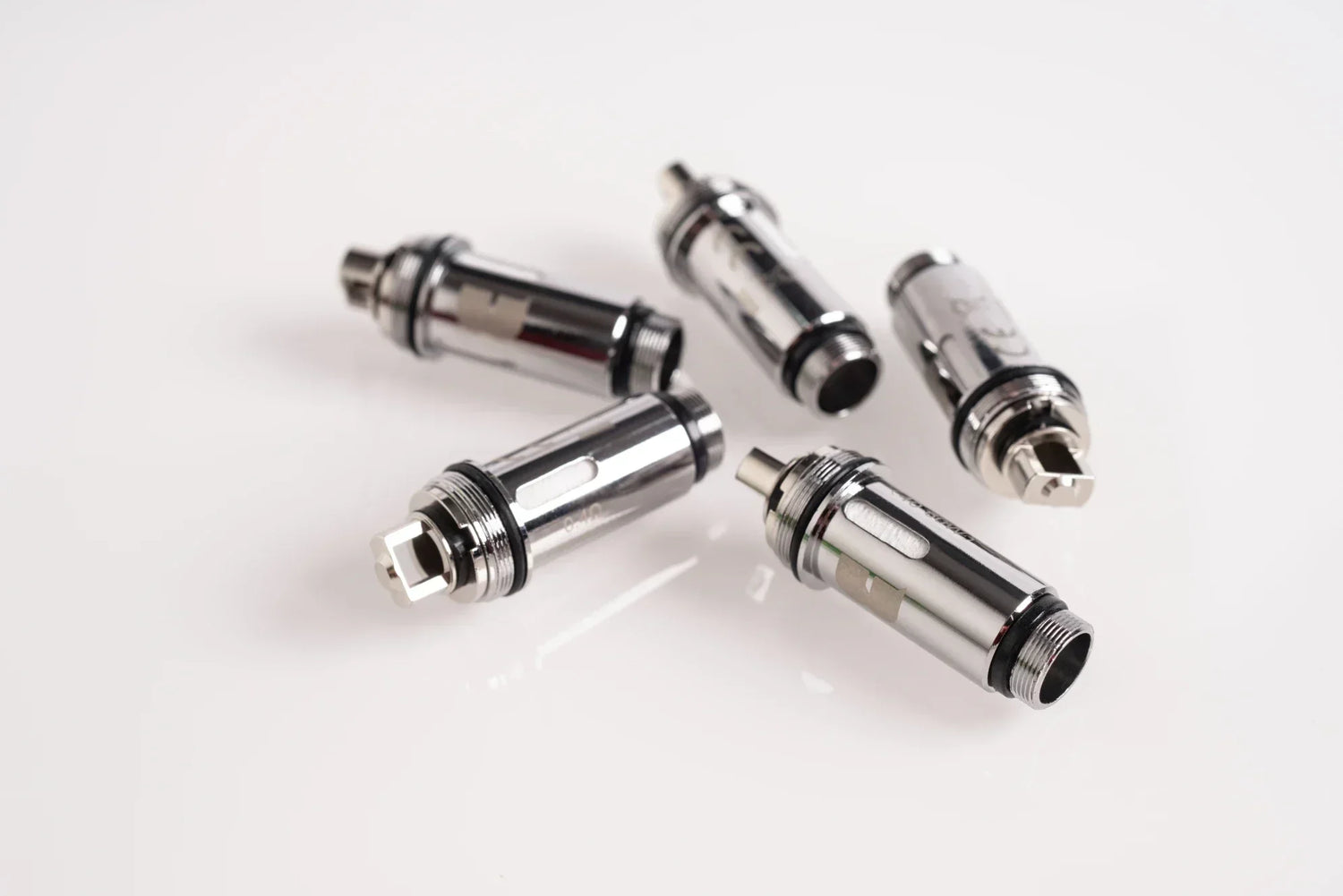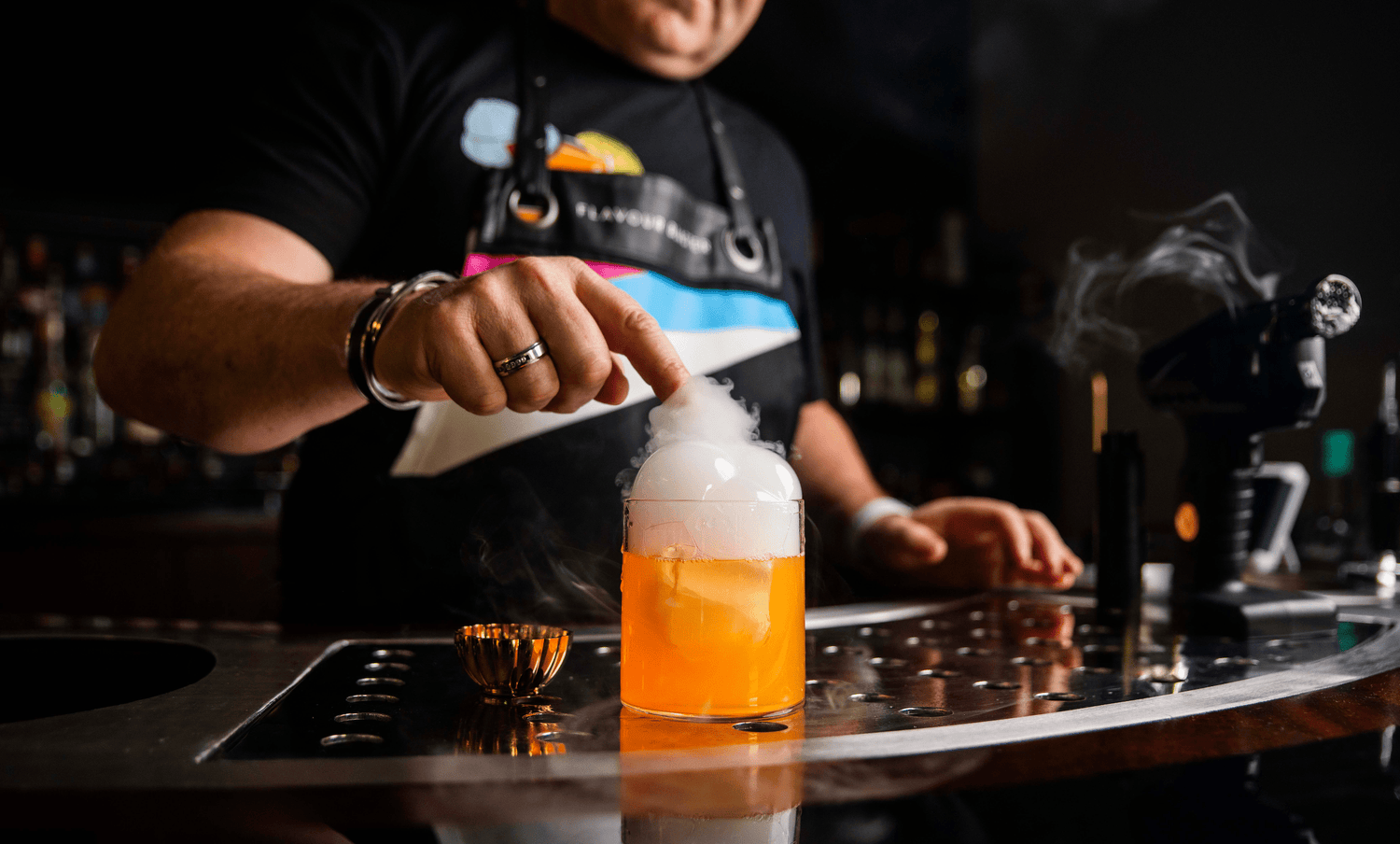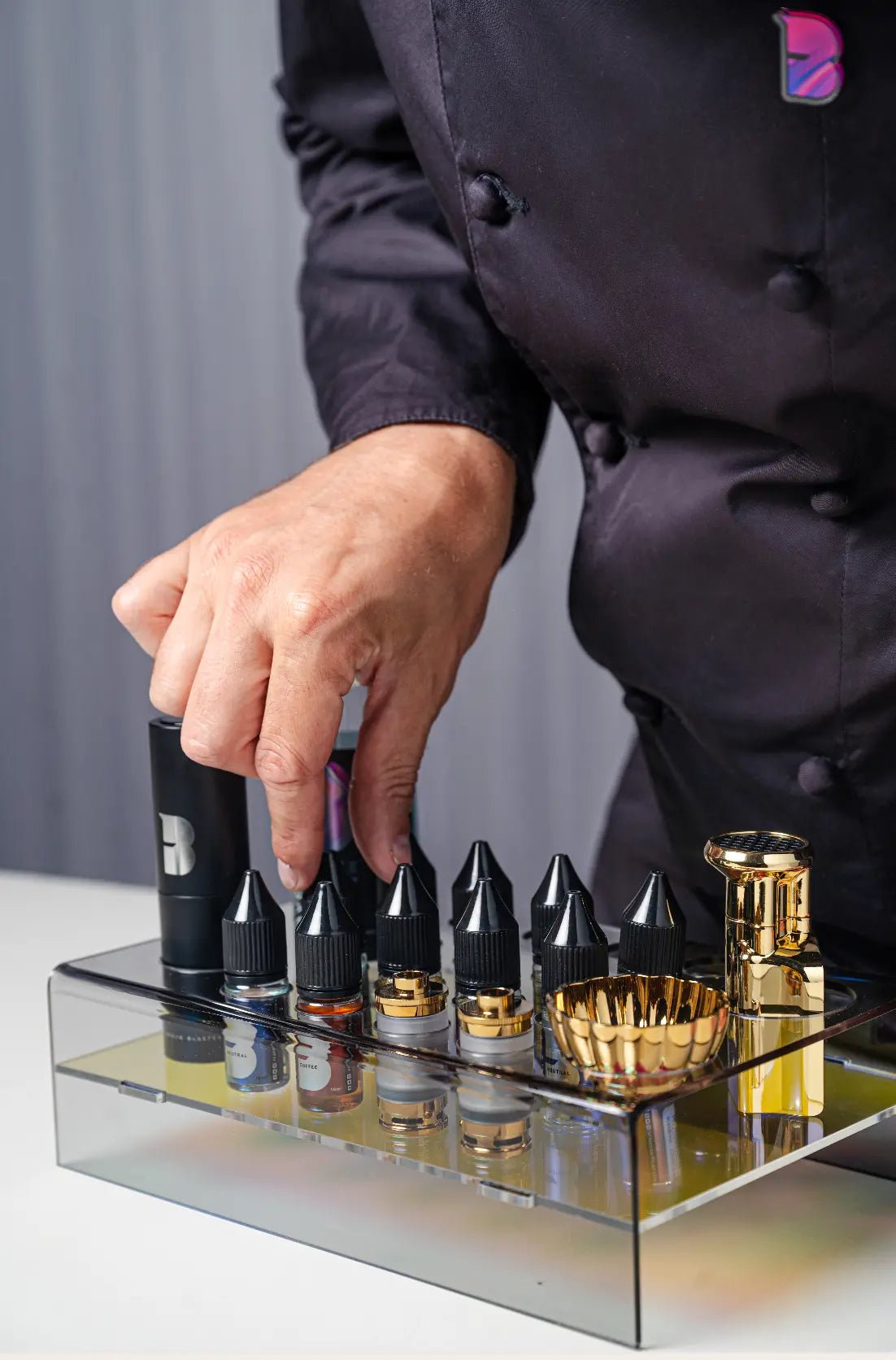We're going to end our celebration of all things Japanese with some beloved cocktails from the Land of the Rising Sun. Some are classics, some are modern takes on classics, but you can be sure of one thing, they are made with meticulous care and attention.
Japanese classic cocktails
Here’s a round up of our top 7 Japanese classic cocktails to make for the bank holiday weekend.
1. The Bamboo Cocktail
William T Boothby credits this drink to Louis Eppinger, who worked as head bartender at the Grand Hotel, Japan. However, newspapers predating Louis' move to Japan name an anonymous Englishman as the creator. The first incarnation of the recipe to be written down was in the 1895 book "The Mixicologist" by CF Lawlor, where it was called a Boston Bamboo. Either way, Eppinger popularised the cocktail in Japan, where it is considered a close to home classic.
Recipe
- 60ml Fino Sherry
- 30ml Dry Vermouth
- Dash orange bitters.
- Stir ingredients over crushed ice and serve straight up with a twist of orange
2. The Whisky Highball
If you want to learn the art of Japanese bartending, then start here. This is not just a whisky and soda. It is a lesson in preparation and presentation. The bar person usually starts with block ice, stirred in the glass until frosting appears. The water is discarded, the whisky (Japanese, of course) is added, stirred 13 times and topped with soda water. The drink rose in popularity among Japanese businessmen during the late 50s and early 60s when Torys Bars (a casual, Suntory-owned chain bar) were on every street corner.
Recipe
- 50ml Japanese whisky
- 150ml Soda water
- Build in a highball glass over cubed ice and garnish with a lemon zest
3. The Million Dollar Cocktail
The Million Dollar cocktail is another classic attributed to Louise Eppinger, although some contest it was Ngiam Tong Boon at The Long Bar, Raffles Hotel in Singapore who invented it. This balanced cocktail requires two types of shake, due to the addition of pineapple juice, to get a good frothy layer of foam on the top.
Recipe
- 60ml London Dry Gin
- 30ml Sweet Vermouth
- 15ml Fresh pineapple juice
- 7.5ml Grenadine
- 15ml Egg white or vegan equivalent
- Shake all ingredients together over cubed ice and strain into a fresh shaker. Dry shake hard to amass the pineapple foam and fine strain into a chilled glass. Serve straight up with a pineapple leaf garnish.
4. The Chu-Hai
Chu-Hai is the abbreviated name for a shōchū highball, made with barley shōchū, soda and lemon juice, a popular cocktail available in cans all over Japan. Like our hard seltzer, modern Chu-Hai can make it with vodka, or variations on the juice, with flavours like pineapple, grapefruit and lime. The ABV is generally low, around 10 to12%, and you can buy the cans in most grocery-style stores or street vending machines.
You can make fresh Chu-Hai, and offer the guest the option of squeezing their own fruit juice into the glass to add a little theatre.
Recipe
- 50ml Shōchū
- 150ml Soda water
- A squeeze of fresh lemon
- Build in a highball glass over cubed ice and garnish with a lemon zest
5. The Red Eye
Made famous by Tom Cruise's Cocktail film, the original Red Eye cocktail was most like made in Mexico by mixing two parts beer to 1 part tomato juice. This simple mixture has become such a widespread manner of diluting the beers of Japan that Asahi makes a canned Red Eye. Forget the film version, and make this your go-to alternative to a Bloody Mary.
https://youtu.be/BOxKmc3xT84
Recipe
- 50ml Fresh tomato juice
- 150ml Japanese larger
- Optional dash of vodka, a squeeze of lime, soy sauce or chilli flavouring to taste
- Add the beer to a glass full of ice, gently add the tomato juice and stir
6. The Vermouth Sidecar
Famed Japanese bartender Yuichi Hoshi developed a manner of serving gin martinis at his Ginza based Bar Hoshi in Tokyo that involved having the vermouth 'on the side' as well as mixed into the drink. In this case, the word sidecar refers to the single-serve carafe (or in this case, sake glass) served on ice next to your cocktail, a practice that originated in the 1940s with Joseph Drown at the Hotel Bel-Air as a way of preserving the cool temperature of the cocktail, rather than the Sidecar cocktail recipe. So the vermouth works as either a chaser or amuse-bouche to work with your tastebuds as you consume the martini.
Recipe
- Stir 40ml of dry vermouth over ice and strain into a pre-chilled sake glass
- Using the vermouth stained ice, stir 70ml of London Dry Gin and strain into a pre-chilled martini glass. Garnish this with a twist of lemon zest.
- Serve the two glasses next to one another.
7. Denki Bran
Created in 1882 by Denbee Kamiya, who worked at the Kamiya Bar, Asakusa, Denki Bran translates to 'electric brandy'. It is a brandy blended with herbs and served as a liqueur, which, although you can mix, is generally consumed straight up in a shot glass.
Japanese creatives like Osamu Dazai and Sakutaro Hagiwara made the Kamiya Bar (or as it was known then, the Mikahaya Saloon) and its blend of Denki Bran famous. The bar has featured in books and films and helped the drink take on a mythical status.
You can buy Denki Bran at the Kamiya Bar or via the Godo Shusei Co., or attempt your own version of the ‘secret blend’ recipe.
Also Read - Best Tropical Cocktail Recipes
